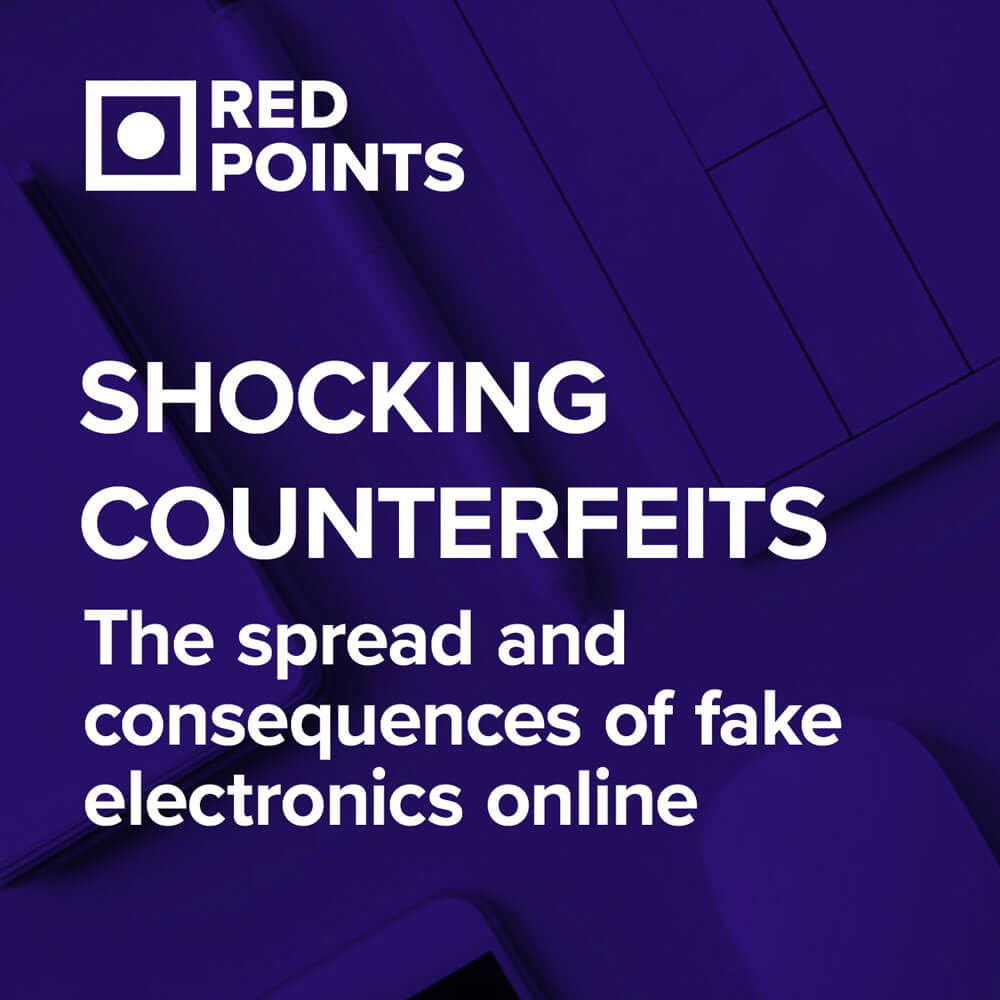7th May 2019 – Sunday is Mother’s Day, and those shopping for presents are expected to generate a record $25 billion in sales, according to the National Retail Federation. And some of those shoppers might be buying their moms counterfeit gifts, concludes the online intellectual property firm Red Points, whose study released today says 20% of Americans at some point have bought copycats for the holiday.
Although most gift givers might unknowingly have given fake bracelets, watches or other expressions of gratitude to their mothers, not all have been duped.
“One in three shoppers admitted to having purchased a fake for their moms intentionally,” Laura Urquizu, CEO of Red Points, tells Fortune. The company surveyed 1,500 Americans for their report, which Urquizu said “doesn’t include information on whether or not their mothers knew.”
Those intentionally buying counterfeits were most likely to choose jewelry and watches, Red Points said.
The NRF, which estimates 84% of U.S. adults will buy gifts for their moms, said jewelry is a popular purchase for the holiday,
“We have been seeing spending on gifts of jewelry trending up over the last several years and it contributed to more than 30% of the change in spending from last year to this year,” Katherine Cullen, senior director of Consumer and Industry Insights at the NRF, tells Fortune. “This is on top of their spending on Mother’s Day standards like greeting cards and flowers.”
The retail association estimates 35% of adults celebrating Mother’s Day will buy their moms jewelry for the holiday. Although jewelry is the fifth most popular Mother’s Day gift category (after cards, flowers, gift cards, and clothing/accessories), it has the greatest total spending estimate and is expected to generate $5.2 billion in sales.
This year’s anticipated Mother’s Day spending of $25 billion is up from last year’s $23.1 billion. The average gifts this year will cost $196, compared to $180 in 2018. Those 35-44 years old will spend the most this holiday—an average of $248, up from $224 a year ago. And men are more likely to spend more than women, or $237 compared to $158, according to the report prepared for NRF by Prosper Insights and Analytics, based on a survey of 7,321 U.S. adults 18 and older.
Fake Gifts Are A Real Problem
“A counterfeit is a product that intends to imitate a genuine brand, using its trademarked logo and design without their permission, in order to deceive the customer into buying it,” Urquizu said. “This is illegal and IP owners can take legal action against alleged infringers.”
Counterfeit goods are different from knockoffs. What distinguishes a knockoff is its physical resemblance to a brand’s product without illegally duplicating its trademarked characteristics.
Global consumers spend about half a trillion dollars on counterfeit items every year, with more than 70% of goods being sold by online marketplaces, reports Medium.
Among retailers accused in the past of selling fake goods are Chinese e-commerce giant Alibaba and American online titan Amazon.
And although some people may purposely turn to online sellers for counterfeit goods at low prices, more often than not, shoppers are unaware they bought a fake until it arrives. That is, if they ever do realize the product is counterfeit, Urquizu said.
“Fakes are increasingly becoming harder to spot” said Urquizu.
“This data comes as a real warning for brands, and reinforces the need for IP owners to educate shoppers on the dangers of fake products,” Urquizu said. “The impact on shoppers who accidentally bought a fake product is significant as they lose money, trust in the brand, are inconvenienced and could even be subjected to health risks.”





